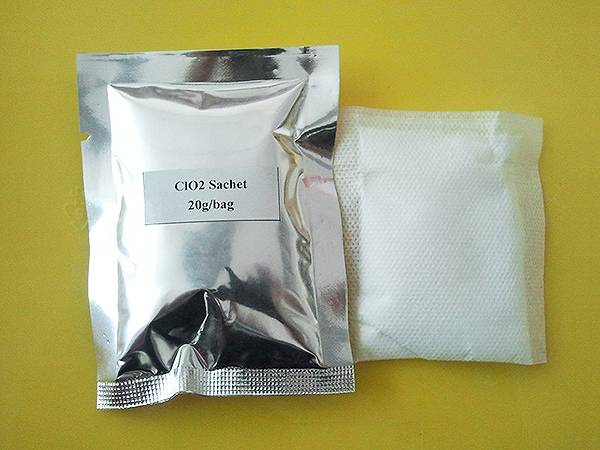



Exploring the Uses of Polyacrylamide in Various Industries and Applications
Application of Polyacrylamide
Polyacrylamide (PAM) is a synthetic polymer that has gained widespread recognition in various industries due to its versatility and effectiveness in enhancing processes. Originally developed for use in water treatment, its applications have since expanded to agriculture, mining, pharmaceuticals, and environmental management. This article explores the diverse applications of polyacrylamide and its significance in modern technology and industry.
Water Treatment
One of the primary applications of polyacrylamide is in water treatment. PAM serves as a flocculant, aiding in the removal of suspended particles and colloids in wastewater. When added to water, polyacrylamide dissolves and forms a gelatinous mass that traps impurities, allowing them to be easily separated from the liquid. This process is crucial for municipal wastewater treatment facilities, where clean water is a necessity for public health. Additionally, PAM is used in the treatment of industrial effluents, ensuring that harmful contaminants are effectively removed before they are discharged into natural water bodies.
Agriculture
In agriculture, polyacrylamide is utilized as a soil conditioner, enhancing water retention and improving soil structure. Farmers incorporate PAM into their irrigation practices to increase soil moisture retention, thereby reducing the frequency of watering and conserving water resources. This is especially beneficial in arid and semi-arid regions where water scarcity is a significant challenge. Furthermore, polyacrylamide can improve crop yields by promoting better root development and nutrient absorption. Its ability to minimize soil erosion and runoff also contributes to sustainable agricultural practices.
Mining
application of polyacrylamide

Polyacrylamide is extensively used in the mining industry for the extraction of minerals and metals. It functions as a flocculant in the separation of valuable materials from waste, helping to clarify process water and recycle it within the mining operation. The use of PAM enhances the efficiency of the mineral separation process, allowing mining companies to maximize resource recovery while minimizing environmental impact. Furthermore, in tailings management, polyacrylamide helps consolidate waste materials, reducing their volume and potential hazard.
Pharmaceuticals
The pharmaceutical industry benefits from polyacrylamide's properties in drug formulation and delivery. PAM is utilized in creating controlled-release drug formulations, where its gel-forming ability allows for the gradual release of active ingredients. This ensures that drugs are delivered at stable and effective doses over an extended period, improving patient compliance and therapeutic outcomes. Additionally, polyacrylamide gels are used in electrophoresis techniques, aiding in the separation and analysis of biomolecules such as DNA and proteins.
Environmental Management
Polyacrylamide plays a pivotal role in environmental management, particularly in controlling erosion and stabilizing soil. It is widely used in projects aimed at restoring degraded landscapes, such as reclaimed mining sites or eroded agricultural lands. By enhancing soil structure, PAM reduces runoff and sediment loss, promoting the establishment of vegetation. This application is essential in combating desertification and promoting biodiversity.
Conclusion
The applications of polyacrylamide are vast and varied, reflecting its importance in different sectors. From enhancing water treatment processes to improving agricultural productivity and supporting sustainable mining practices, PAM is a crucial tool in addressing some of the most pressing challenges faced by modern society. Its role in pharmaceuticals and environmental conservation further underscores its significance in promoting health and sustainability. As research continues to unveil new properties and potential applications of polyacrylamide, its relevance is likely to grow, becoming an indispensable component in innovative solutions across multiple industries.
-
Why Sodium Persulfate Is Everywhere NowNewsJul.07,2025
-
Why Polyacrylamide Is in High DemandNewsJul.07,2025
-
Understanding Paint Chemicals and Their ApplicationsNewsJul.07,2025
-
Smart Use Of Mining ChemicalsNewsJul.07,2025
-
Practical Uses of Potassium MonopersulfateNewsJul.07,2025
-
Agrochemicals In Real FarmingNewsJul.07,2025
-
Sodium Chlorite Hot UsesNewsJul.01,2025










